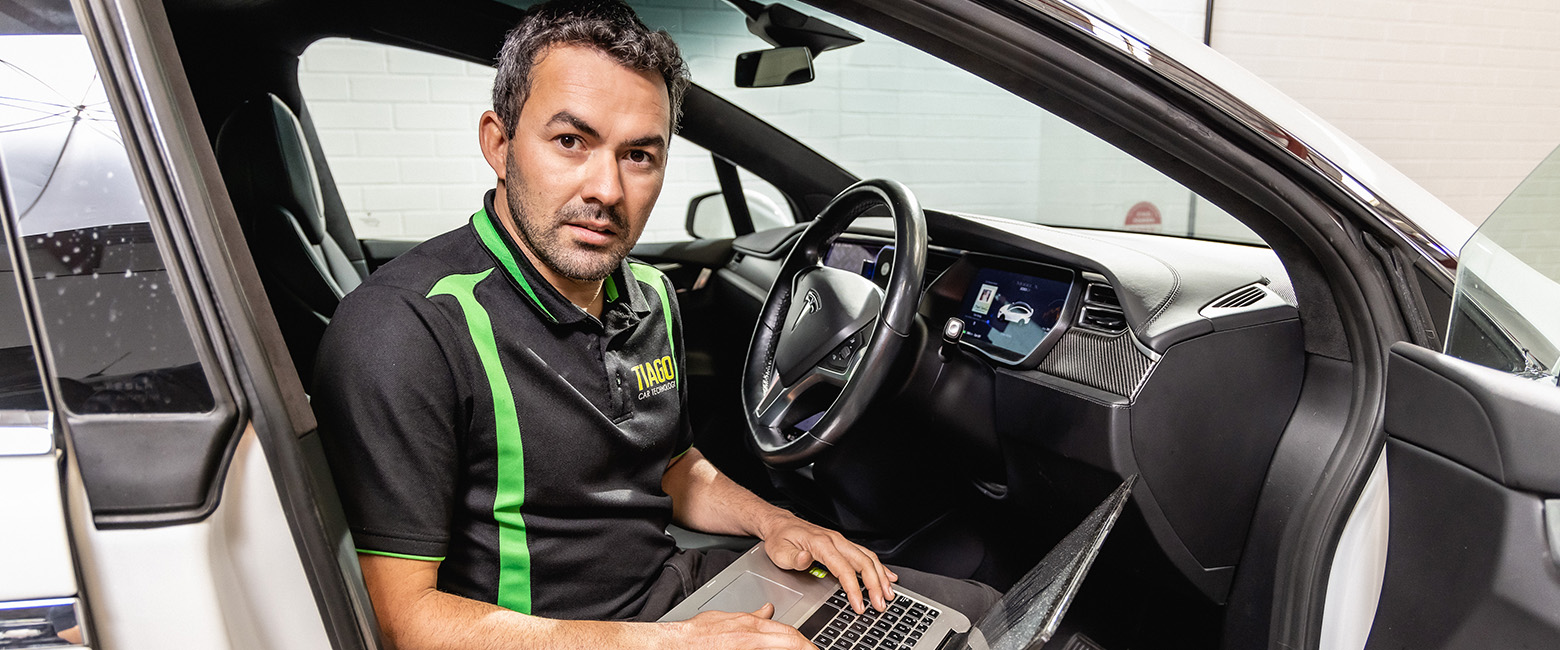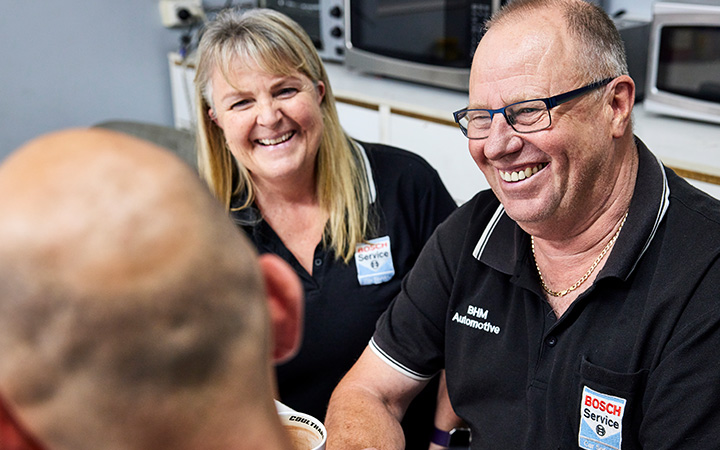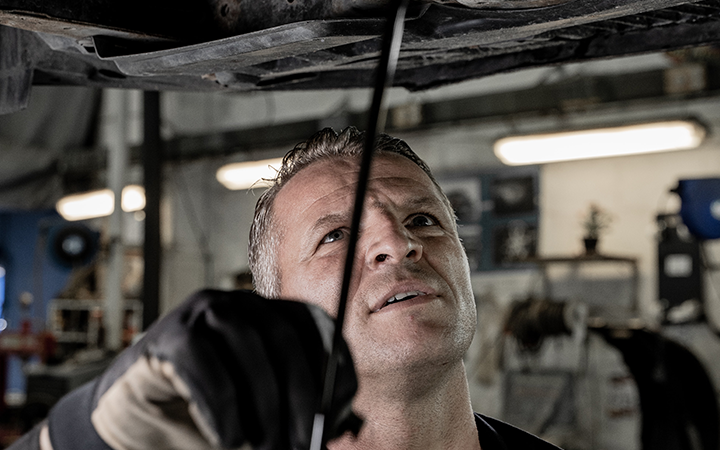Technology is expensive and these days it’s rarely a oneoff capital cost. There are often ongoing operational costs involved such as subscriptions, software updates, regular maintenance, and training—all of which impact your bottom line in the long-term.
So, getting the decision correct up-front really matters. While it’s something every workshop owner grapples with from time to time (18% of Members told Capricorn’s State of the Nation 2022 that staying up to date with technology is something they struggle with), it’s an issue that has come into particular focus today, as our industry prepares for the transition to electric vehicles. How do you know whether an investment is going to pay off for your business?
Calculating the pros and cons of an investment
Automotive business consultant, The Workshop Whisperer, Rachael Evans said when doing the sums on a potential investment in new technology or equipment, you need to take into account factors like the capital cost, training cost, the ongoing operational costs over the lifetime of the piece of equipment, and the expected lifetime of that equipment. Which means it’s time to do some maths.
“You need to actually break it down to, ‘this cost me X amount to purchase up-front and it’s going to cost X amount in software updates over the next however long’,” she said. “Then you can work out, ‘I need to have a charge out fee of $30 on every single service and I need to see 3000 cars a year’. You work it out like that.”
A positive return on investment
Ideally, any new equipment or tool purchase should result in a positive return on investment (ROI). In other words, it should be making you money. For example, if you buy a new diagnostic tool, charge your customers for the diagnostics you perform with it—enough to cover the ongoing running costs and chip away at the capital investment.
There are, of course, other ways technology investments can provide positive ROI, which you should factor into your calculations. For example, if a diagnostic tool halves the time it takes a mechanic (who you're paying $32/hr) to diagnose a problem, it means that they can move on to the next job more quickly. Multiply that by how many hours a week they’re sleuthing out problems, and multiply that by the number of technicians you have doing the same, and it quickly adds up over the course of a year. The efficiency and productivity dividends make the investment a nobrainer. If it meets an existing need but uses fewer resources, then it’s probably a winner.
Consider the intangible benefits
Will the investment in technology bring in more customers? Will it make customers happy? Will it keep them coming back? Will it make your employees happy? Will it make their lives easier, end one of their big workplace complaints or make them more excited to come to work? Will it improve the culture of the workshop? Will it make your life easier? These are harder data points to calculate, but they are worth considering.
If you’re still unsure whether to make an investment, do some more research. Speak to friends and colleagues at other workshops and see if they’ve found value in making the same investment.
Investing in EV-related technology
Rachael said it was common for business owners in the aftermarket to “live too much in the present and not forecasting for the future”.
“We often go for safety and security,” she said.
The transition to electric vehicles is a prime example of an area where business owners across the aftermarket are not doing enough to prepare for the change in technology and the resulting investment their businesses will need.
“There’s a fear,” she said. “We have to overcome a fear to get people to even attend training on EVs. It’s crazy. The fact is this thing is coming and workshop owners don’t know what it’s going to look like for them, and they can’t see how they fit into it yet. “It’s about them understanding that, even if they have no plans to be owning a business in 2030 when things should dramatically have changed here in Australia in terms of the number of EVs on the road, they’re going to have to start the transition.”
In the case of EVs, Rachael recommended investing in education before investing in equipment.
“Then you can see what investments you might need to make financially in the future,” she said. “Don’t be afraid to do that.”
The last word on calculating any investment
Ultimately, whether to make an investment is a decision for you as the business owner. There is always a risk, but there can also be huge rewards— and risks can be mitigated.
“It comes down to, ‘If I have this piece of equipment, or I have this higher skilled person that I need to pay more, then what does that piece of equipment or that person need to generate for me in order for it to make a profit or in order for it to be worthwhile?’” Rachael said.
“As we tell our clients, everything comes down to an equation and a calculation. That’s how you work out if it’s the right thing for you to do. And if you can’t make the numbers work, then you don’t do it.”
Do you need access to extra capital to purchase the equipment you need to expand? Learn more about how CAP ezi-finance* can help you grow your business at cap.coop/finance
*Capricorn Finance offers business equipment finance through Capricorn Society Financial Services Pty Ltd (ACN 129 134 667, NZBN 9429050429110). Fees & charges, terms & conditions and lending criteria apply.


